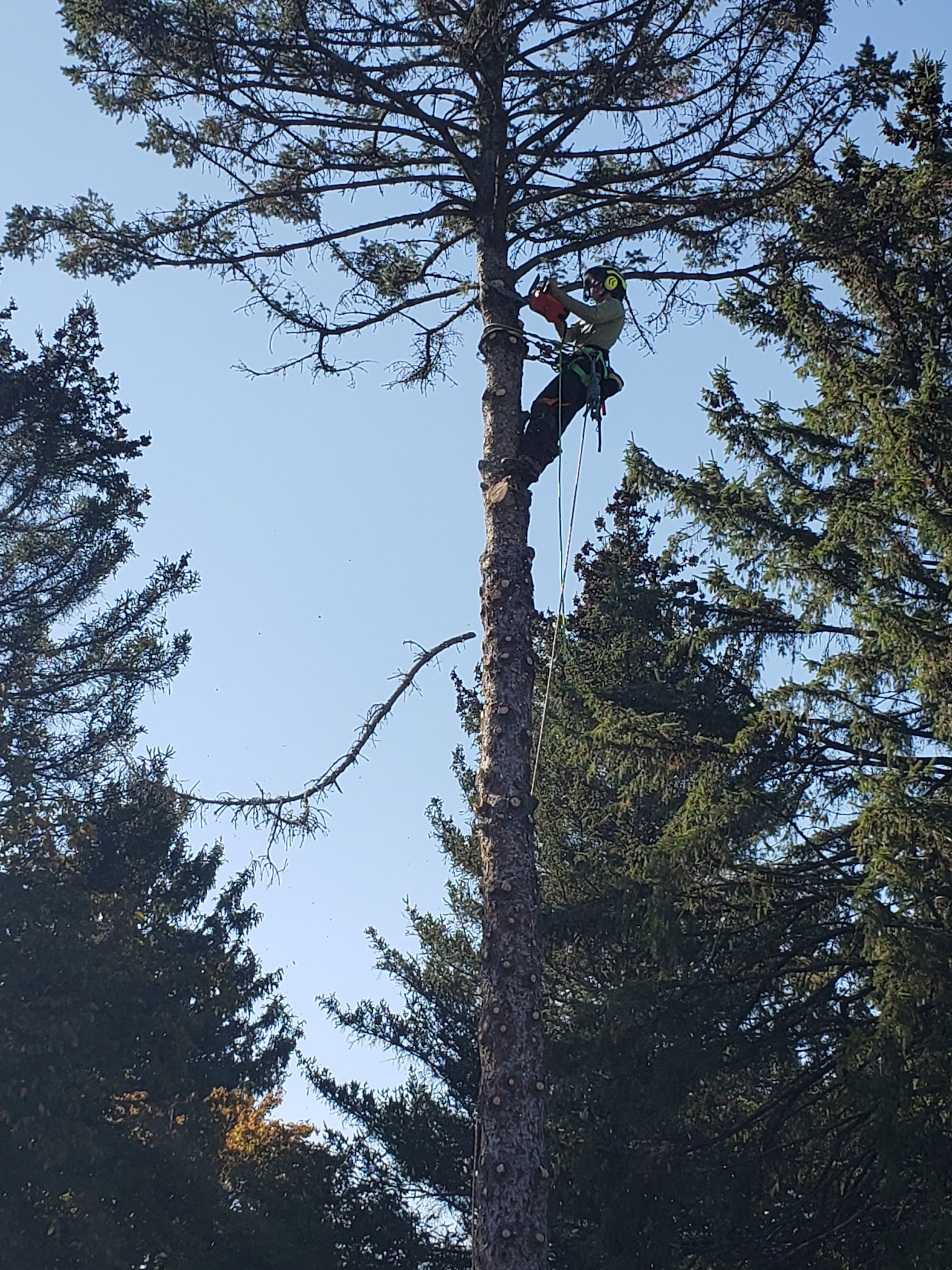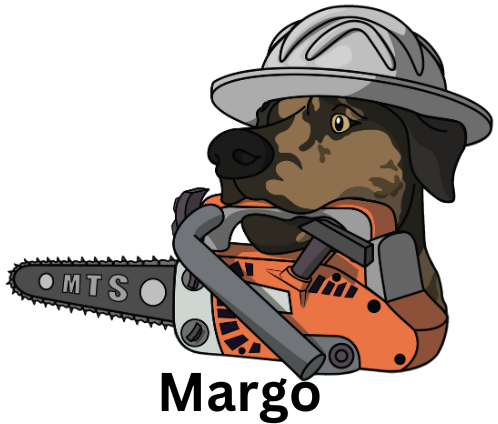Tree Removal

Tree removal refers to the process of cutting down and completely removing a tree from its location. This may be necessary for various reasons, including:
1. **Safety Concerns:** If a tree is diseased, dead, damaged, or leaning dangerously, it may pose a risk to people, property, or other nearby trees. Removing such a tree is crucial to prevent accidents and ensure safety.
2. **Space Constraints:** In urban or suburban areas, trees may need to be removed to make space for construction projects, new developments, or infrastructure improvements.
3. **Disease or Infestation:** Trees that are severely affected by diseases or infested by pests may need to be removed to prevent the spread of the issue to other nearby trees.
4. **Landscaping Changes:** When property owners want to change the landscaping or create space for new plants, the removal of existing trees may be necessary.
5. **Root Damage:** In some cases, the roots of a tree may be causing damage to structures like sidewalks, driveways, or building foundations. Tree removal may be required to address these issues.
Tree removal is typically a complex process that requires careful planning and execution. It often involves cutting the tree down, removing the branches, and extracting the stump and roots from the ground. Professional arborists or tree removal services are commonly hired to perform these tasks safely and efficiently, taking into account factors such as tree size, location, and surrounding structures. Additionally, local regulations and permits may be required for tree removal in some areas.
Photo:
Katya at work working up the tree as she cuts limbs on her way up.
She starts cutting limbs at the bottom and works her way up cutting as she goes.
Smaller limbs are cut with a hand saw while the larger are cut with a gas-powered chainsaw.
All the work is done with safety as a priority.
